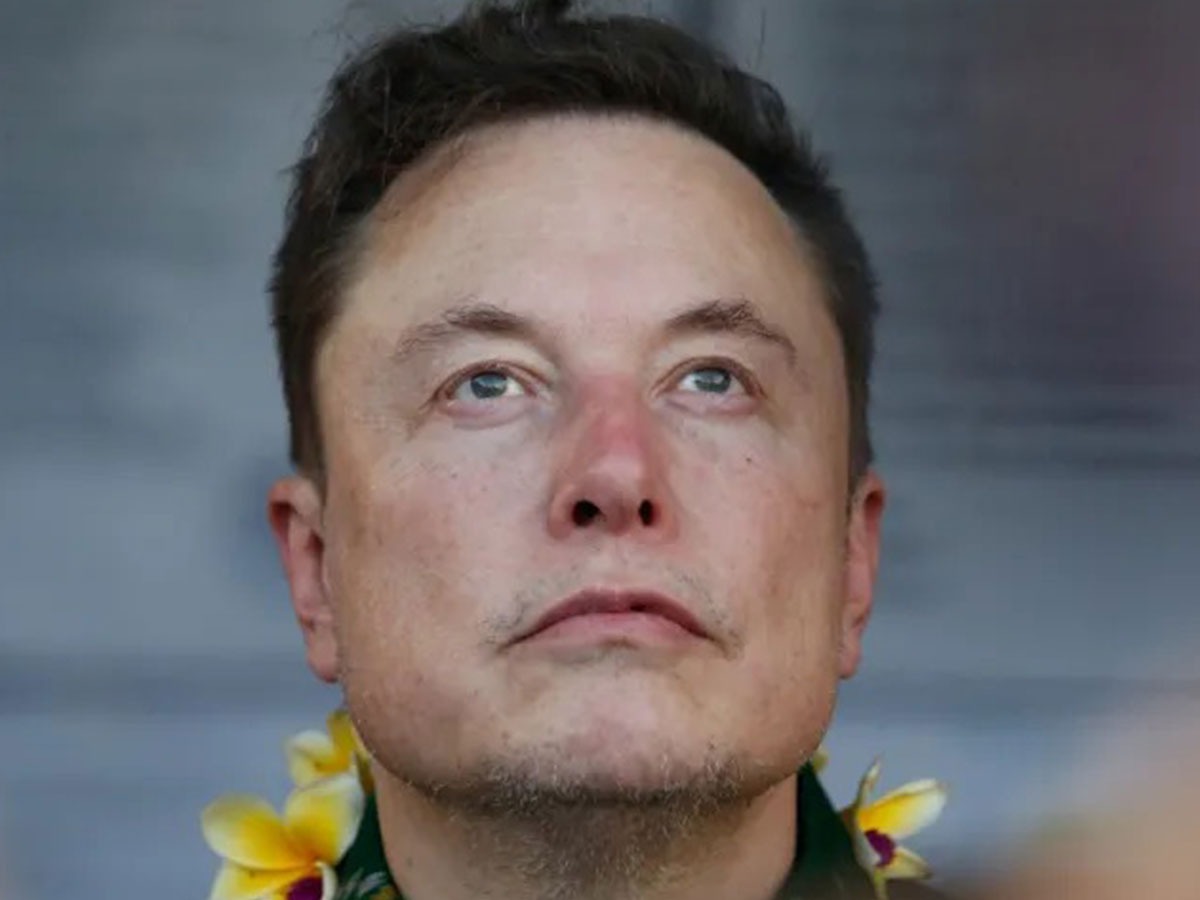Twelfth Monkey Dies Amid Bacterial Outbreak at Hong Kong Zoo
A twelfth monkey has died at a Hong Kong zoo amid an ongoing bacterial outbreak, with tests currently being conducted to see if it succumbed to the same infection that claimed the lives of 11 other monkeys over the past 10 days. The affected monkey, a De Brazza’s species, had been in isolation since 13 October following the initial deaths of eight monkeys.
Autopsies revealed that sepsis-inducing bacteria, likely introduced via contaminated soil near the enclosures, caused the deaths. According to the Secretary of Culture, Sports, and Tourism, workers digging in the area are believed to have unintentionally brought the contaminated soil into the enclosures on their shoes.
Veterinary epidemiologist Dirk Pfeiffer from the City University of Hong Kong stated that the risk of the infection spreading to humans is low but highlighted that soil contamination is often underreported in Asia. He also expressed concern over the sudden increase in animal fatalities.
Among the 11 monkeys that died earlier were critically endangered cotton-top tamarins, white-faced sakis, common squirrel monkeys, and another De Brazza’s monkey. The deaths have been attributed to melioidosis, an infectious disease caused by the bacteria Burkholderia pseudomallei, commonly found in tropical and sub-tropical soil.
The zoo, which has since closed its mammal section for disinfection, reported that the remaining 78 mammals are in good health. However, animal rights group Peta raised concerns about zoonotic diseases, urging an end to animal captivity for entertainment and a shift toward protecting natural habitats.
Melioidosis outbreaks in Hong Kong are rare, but a notable case occurred in the 1970s when 24 dolphins died from the disease at a local theme park.



